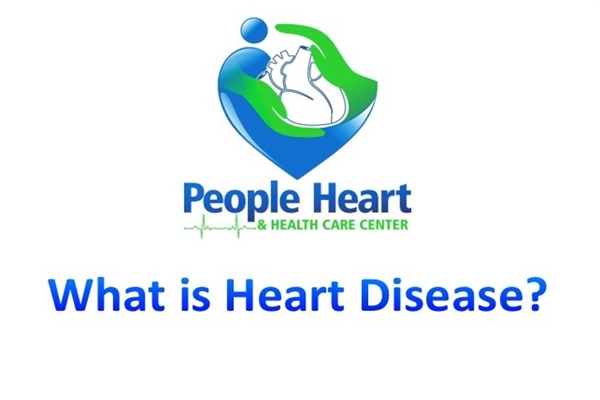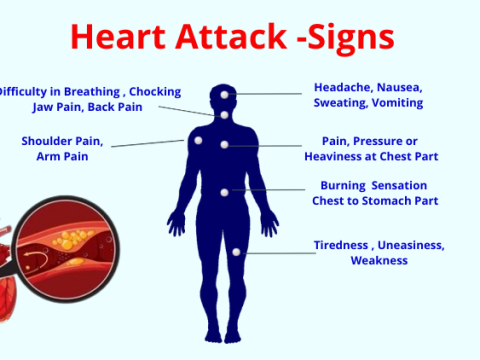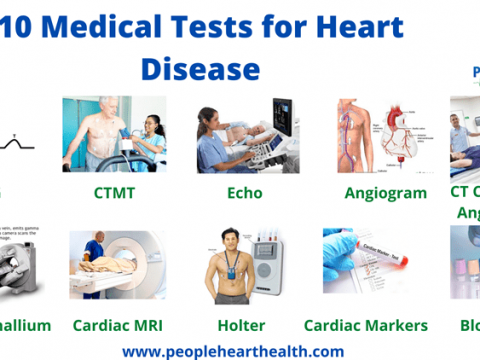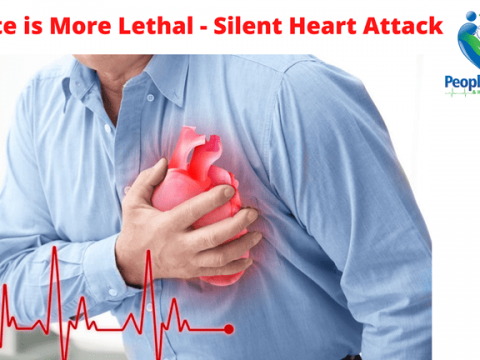People Heart & Health Care Center Jaipur is providing non-invasive Heart Treatment in Jaipur. We started our services in Aug’20. Before that our team has worked for Saaol Heart Center Jaipur for Years. Our USP’s are-
- We have the most experienced team for Non Invasive Heart Treatment in Rajasthan which includes Rajasthan’s most expertise Doctors for ECP Treatment and well experienced and trained nursing personal / ECP technicians
- Our healthcare specialist has treated highest no. of heart patients with ECP treatment in Rajasthan.
- We have American EECP Machine (F.D.A. Approved One of the best EECP Machine imported from U.S.A.)
- We are one and only EECP Treatment Center in Rajasthan.
- Here at PEOPLE HEART & HEALTH CARE – Patient’s comes first. Patient’s trust is our confidence.
We provide EECP Treatment, Body detox treatment (Cardio detox) along with specifically designed complete lifestyle management for heart patients.
Our Doctors has treated the highest number of heart patients without surgery. We have a dedicated team of healthcare professionals which includes heart specialist,cardiologist,eecp specialists, assistant doctor, qualified nursing staff, health and hospital manager etc. they take extreme care of all our patients.
Heart disease is more a lifestyle disease than a genetic one, after a certain years of age whatever excess fat we eat gets deposited in our body arteries which results in blockage formation. These blockages may develop anywhere in our body and create an obstruction in the blood flow and increases body fat. Fat deposition sites are mainly heart arteries, skin layers (mainly on stomach, face, neck, hands, and feet), and neck arteries.
The main problem appears when fat gets deposited in heart arteries and creates heart blockages. Generally, when the blockage is less than 50-60% we do not feel any symptoms. Heart needs 30% blood flow when we do brisk walk/run, 20% blood flow when we walk normally, and 10% when we are at rest so a person with less than 70% blockage can do all the activities like walk, run, play, etc.
When heart blockage increases more than 70%, we feel chest pain, breathlessness, heaviness, shoulder pain, left-hand pain, burning sensation in the centre of the chest, jaw pain, back pain etc. and then we go to consult our doctors and if we have some significant problem, we either visit to cardiologist in our city or started searching best heart doctor in our locality. then go for further investigations to find rule out the medical condition of us and then go for further invasive, non-invasive treatments, medical management, medicine management etc.
It means when blockage reaches till 70% most of us don’t know that we have this much blockage in our heart tubes.
Many times it happens that Patients with a prolonged history of diabetes feel less or no symptoms at all while having a significant percentage of blockages (70%, 80%, 90%)
Blockage deposition happens inside the inner wall of heart arteries and when blockage increases continuously it creates pressure on the inner wall of the heart. This wall has elastic property and it extends till its ability and after that it breaks and blockage interacts with the blood and makes a clot and gets 100%. It is called a “Heart-Attack”. The strength of this arterial membrane differs from person to person. It may happen it breaks in a 70% blockage in a person and may not break till 99% blockage in another person.
So after 70% of blockage, it may convert into a “Heart-Attack” at any time.
After the age of 30, a person needs to do regular health check-up’s once a year and it might be persons have heart disease due to his/her family history they need to do some tests twice a year like Lipid-Profile, HBA1c, KFT, LFT, CBC, ECG, BMI, BMR and as suggested by your doctor.
Our lifestyle after 30 years of age must be healthy, do regular walk 40-45 minutes/day or 10,000 steps a day, yoga, pranayama, have fruits and vegetables, cut nonveg, milk, ghee, fatty foods, and fast foods.
Stay Connected, Stay Updated
Written by: Dr.Chetan Sharma
EECP Specialist, Heart & Lifestyle Expert
Modified by: Abhijeet Gautam






